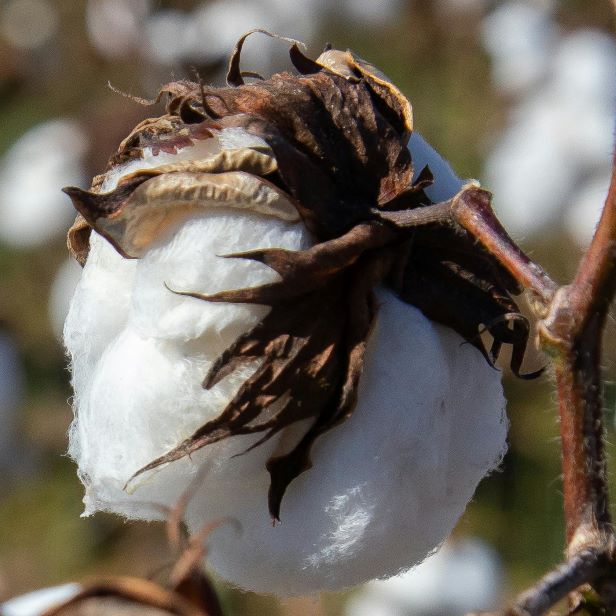Regenerative cotton, also known as regenerative agriculture cotton, represents a sustainable approach to cotton farming that aims to restore and improve the health of the soil, enhance biodiversity, and mitigate climate change impacts. This agricultural practice goes beyond simply minimizing harm and strives to actively regenerate ecosystems and communities.
Cotton is one of the most widely cultivated crops globally, but its production often comes with significant environmental and social challenges. Conventional cotton farming typically relies heavily on synthetic fertilizers, pesticides, and intensive irrigation, leading to soil degradation, water pollution, biodiversity loss, and greenhouse gas emissions. In contrast, regenerative cotton farming adopts holistic principles that prioritize soil health, biodiversity, and community well-being.
At the core of regenerative cotton farming is the emphasis on building healthy soil. Healthy soil acts as a carbon sink, sequestering carbon dioxide from the atmosphere and mitigating climate change. Regenerative practices such as minimal tillage, cover cropping, crop rotation, and the use of organic amendments help improve soil structure, fertility, and water retention capacity. These practices not only reduce erosion and runoff but also enhance the resilience of crops to environmental stresses such as drought and pests.
One of the key principles of regenerative agriculture is biodiversity enhancement. By diversifying crop species and integrating native plants into agricultural landscapes, regenerative cotton farmers create habitats for beneficial insects, birds, and other wildlife. This natural pest management approach reduces the reliance on chemical pesticides, fostering balanced ecosystems and promoting ecological resilience.
Furthermore, regenerative cotton farming prioritizes water conservation and efficiency. Techniques like rainwater harvesting, drip irrigation, and mulching help minimize water usage and reduce the risk of soil erosion and nutrient leaching. By optimizing water management practices, regenerative cotton farming contributes to the conservation of freshwater resources and promotes long-term agricultural sustainability, particularly in regions prone to drought and water scarcity.
Beyond environmental benefits, regenerative cotton farming also prioritizes social and economic equity. Many regenerative agriculture initiatives emphasize fair labor practices, community engagement, and empowerment of smallholder farmers. By fostering local partnerships, providing training and resources, and supporting market access, regenerative cotton initiatives aim to create opportunities for rural communities and improve livelihoods.
The adoption of regenerative farming, in general, is gaining momentum globally. Brands and retailers are increasingly recognizing the importance of sustainable sourcing practices and are seeking out regenerative cotton suppliers. At the same time, the word “regenerative” is often misused or used without evidence of consistent regenerative practices.
Regenerative Cotton belongs to SANE Approved Material List. SANE only recognizes the certification Regenerative Organic Certification (ROC) as evidence for regenerative agriculture.
A product made of at least 90% SANE Approved Material and produced in a facility holding a SANE Scope Certificate is eligible to be certified SANE.
Picture Mark Stebnicki
